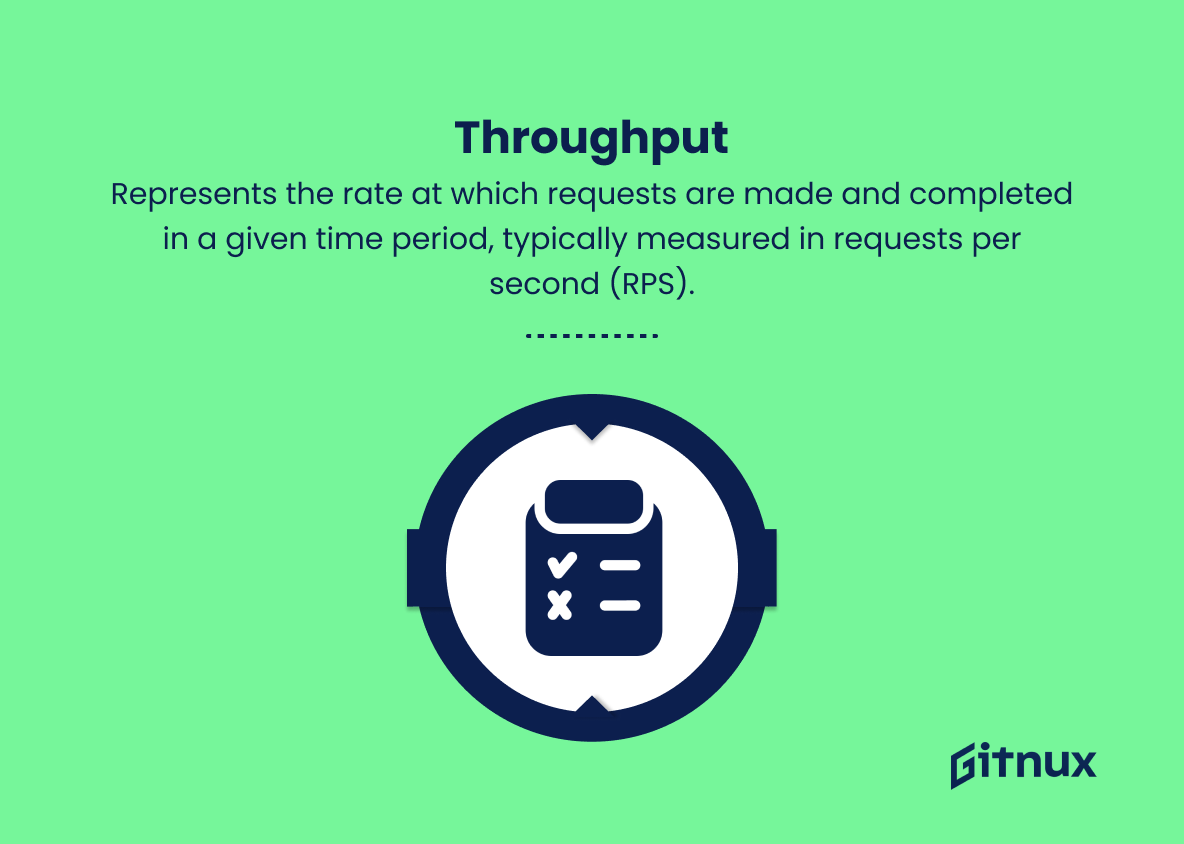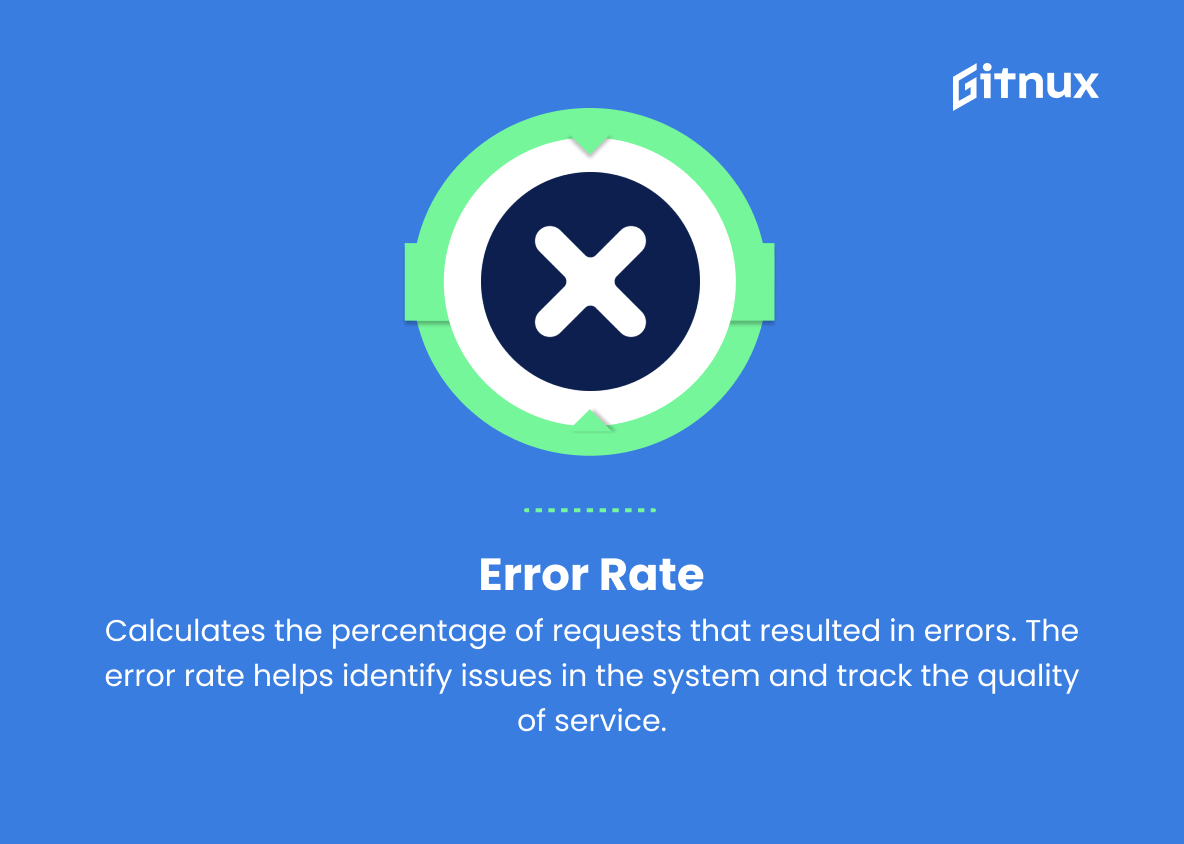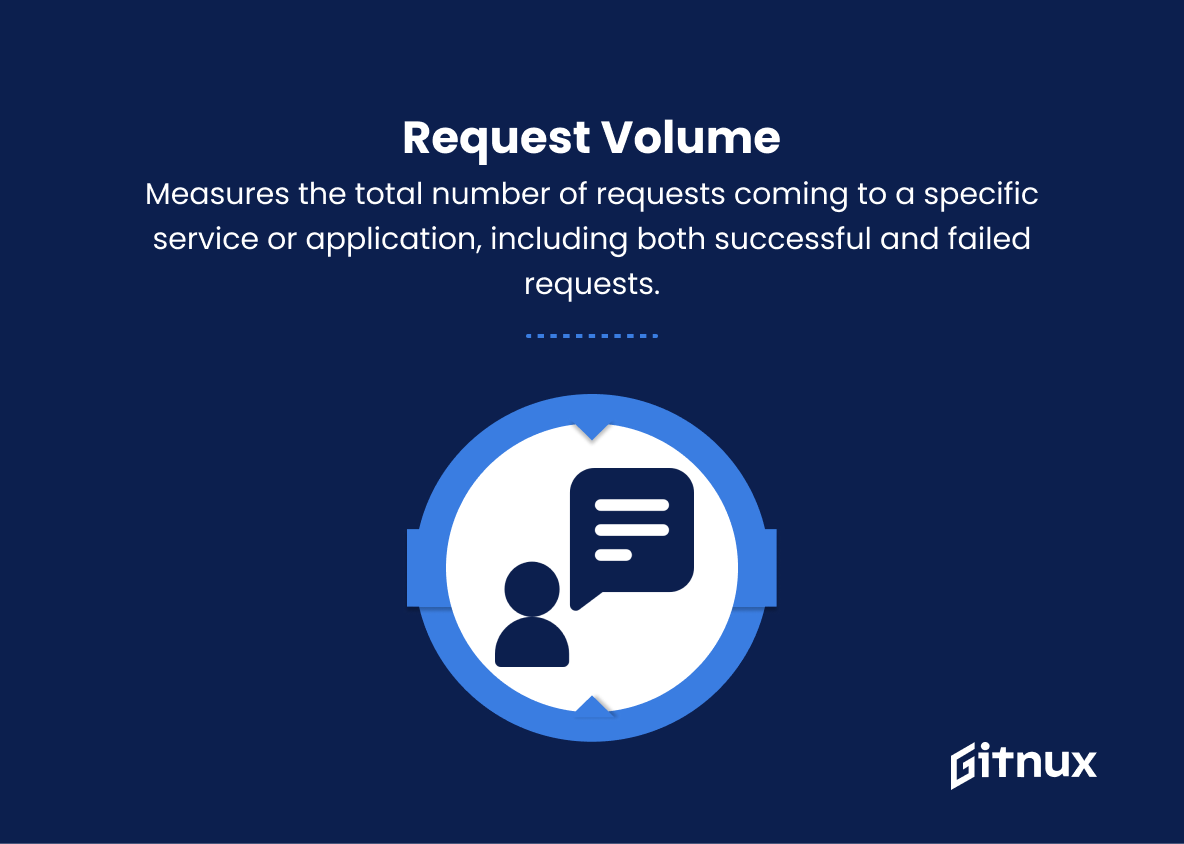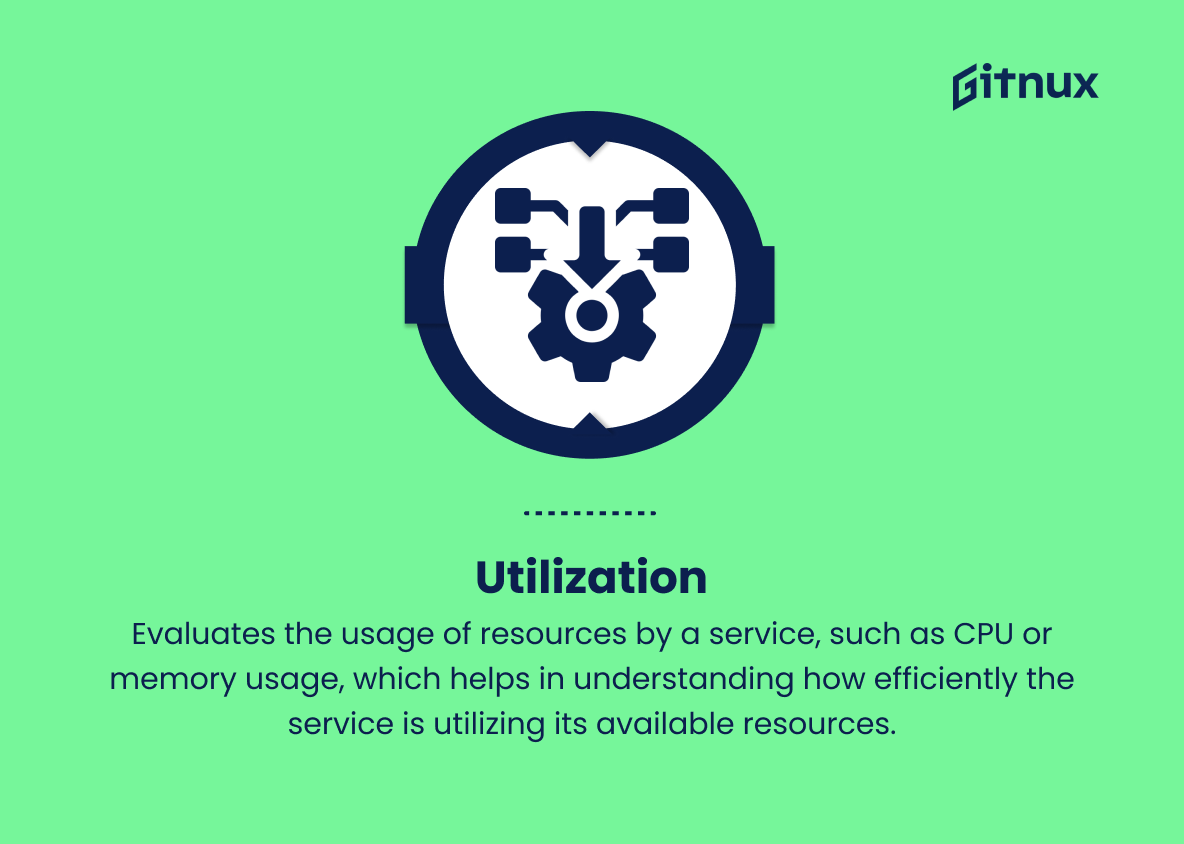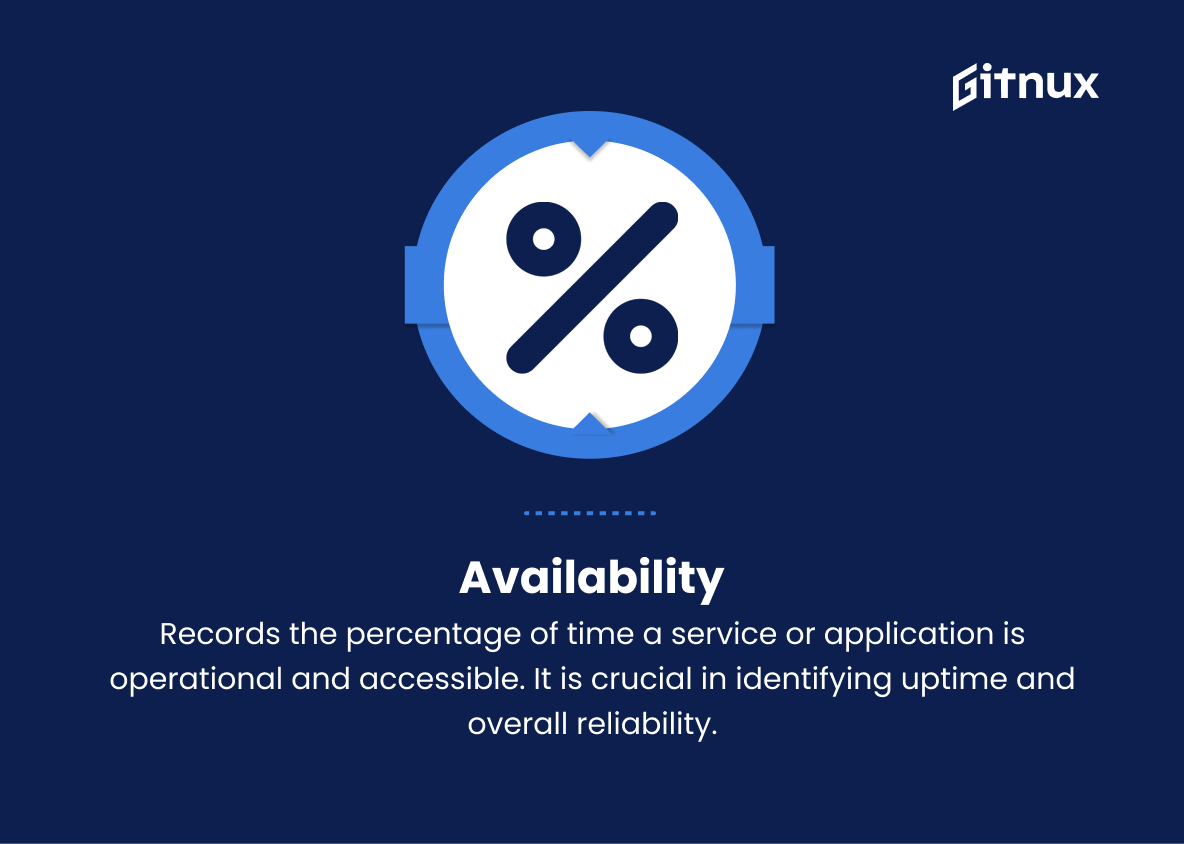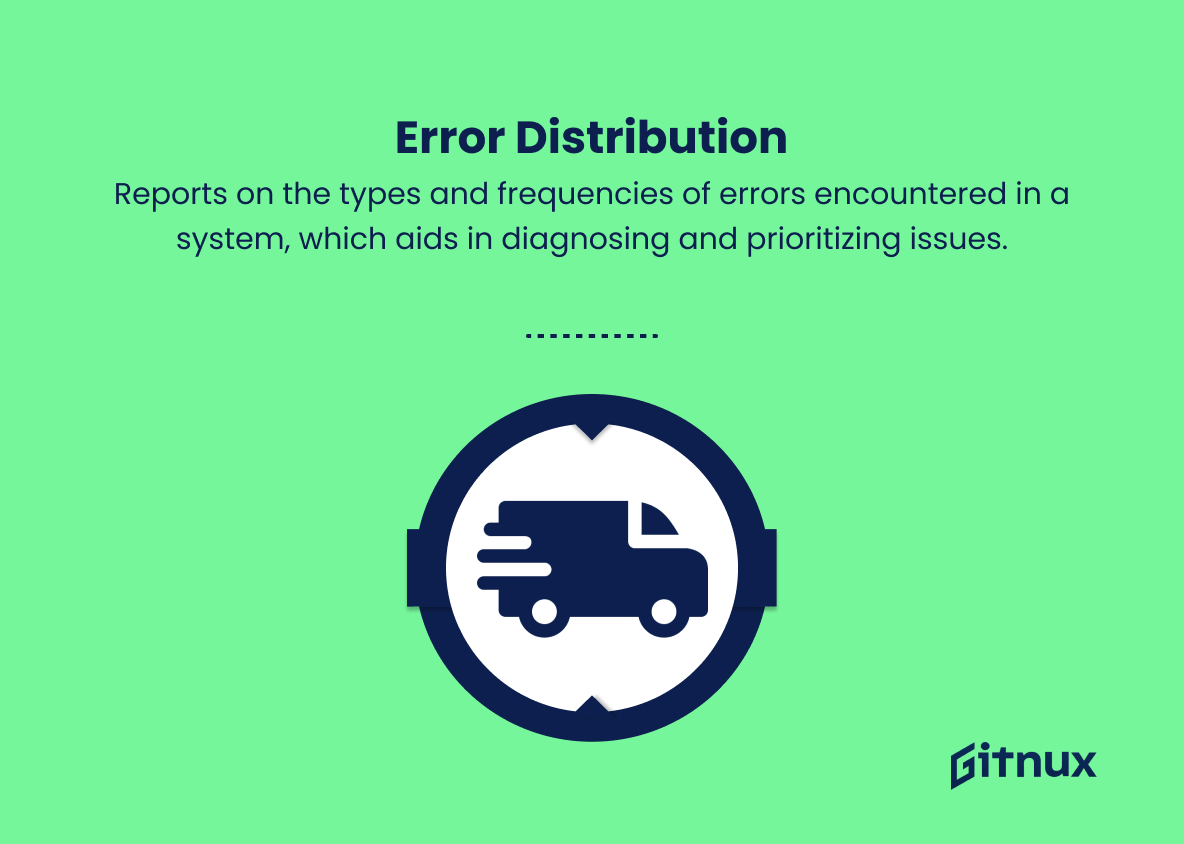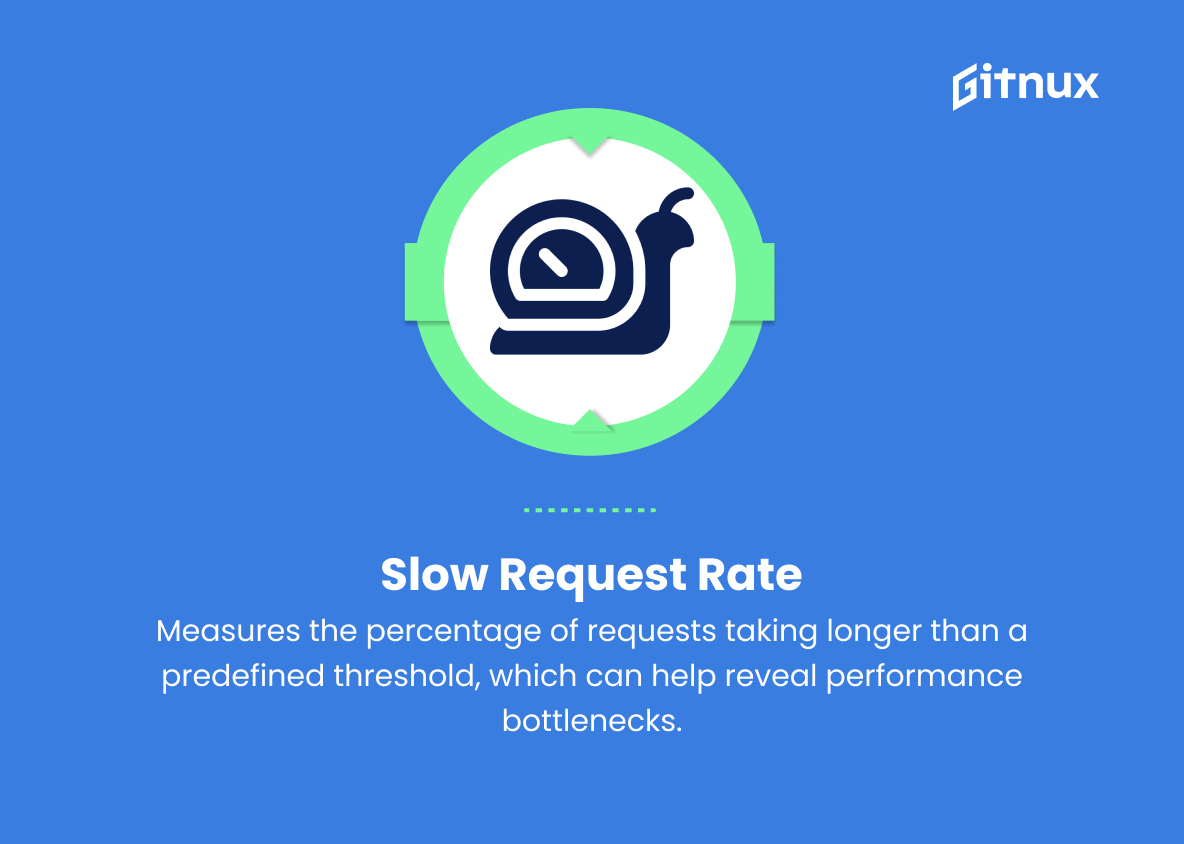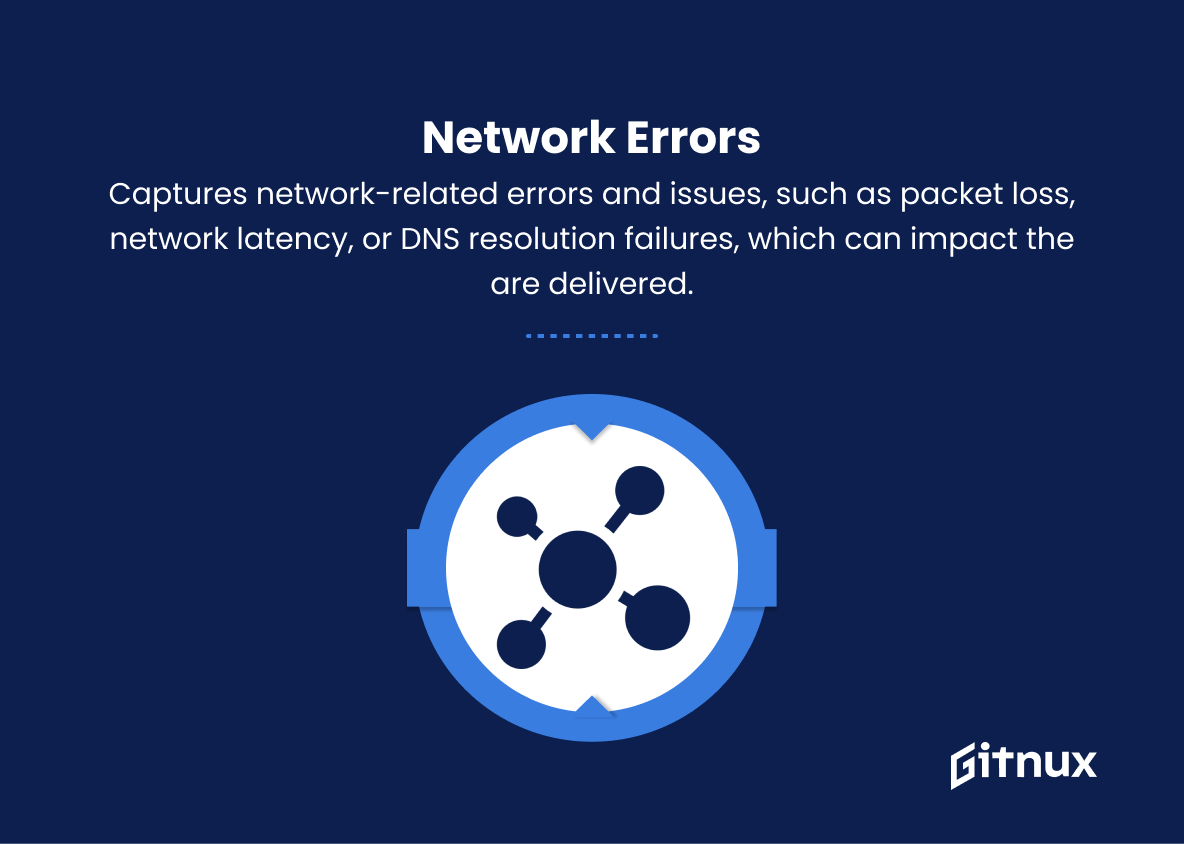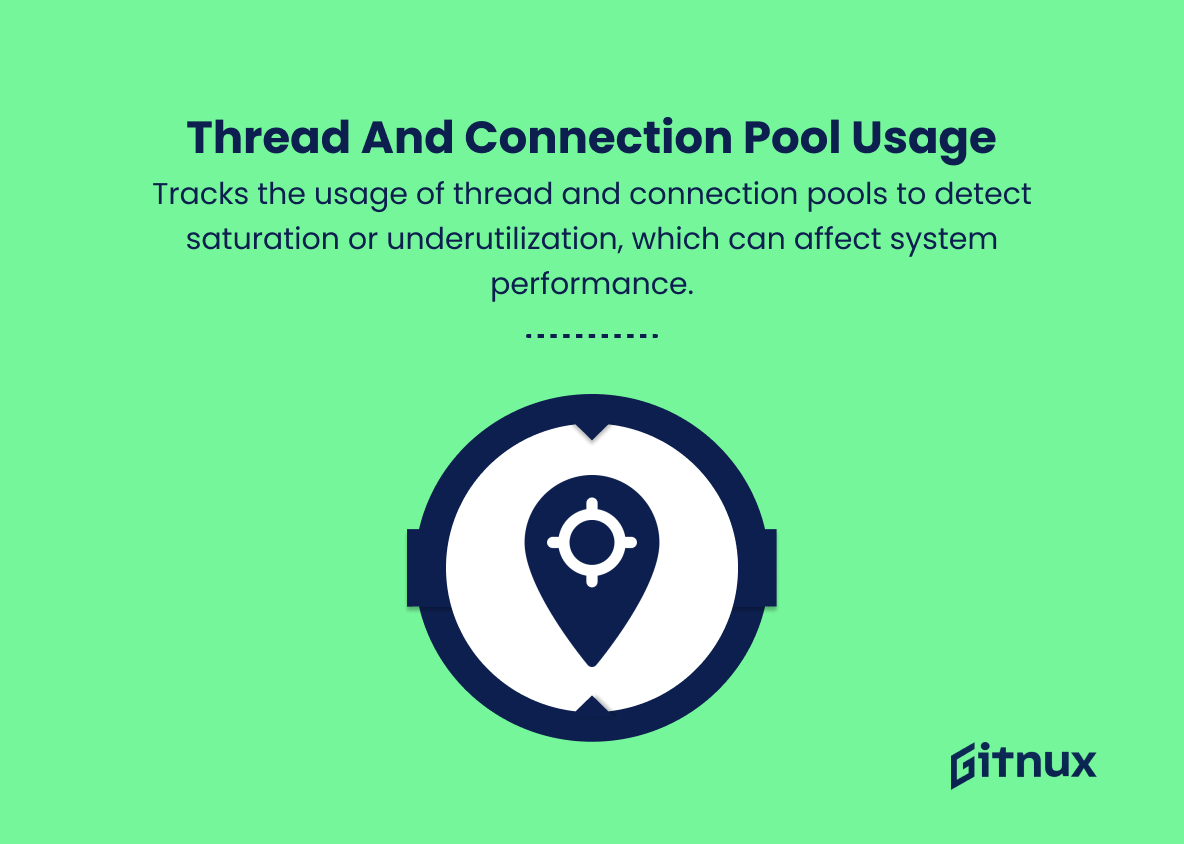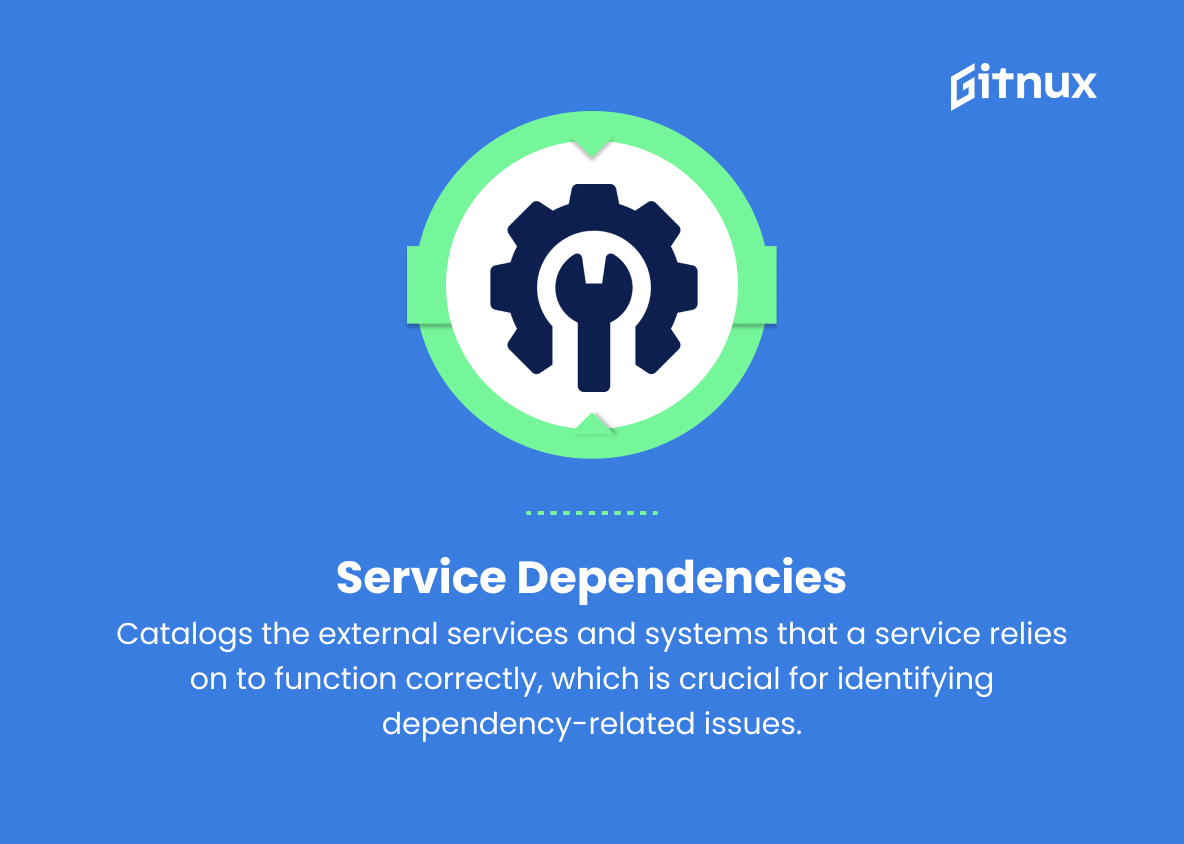In today’s fast-paced digital landscape, it has become increasingly critical for businesses to have real-time insight into the performance and reliability of their software applications and infrastructure. This is where observability metrics come into play as a vital component in monitoring and ensuring the smooth operation of these systems.
This blog post delves deep into the world of observability metrics, shedding light on their importance, types, and best practices to facilitate the prompt detection and resolution of emerging issues. Be prepared to dive into a comprehensive discussion on how leveraging these crucial parameters can make all the difference between thriving and floundering in today’s highly competitive market.
Observability Metrics You Should Know
1. Latency
Measures the time it takes for a request to be processed end-to-end, between the client sending the request and receiving the response. It is often represented as the average, median, or percentile.
2. Throughput
Represents the rate at which requests are made and completed in a given time period, typically measured in requests per second (RPS).
3. Error Rate
Calculates the percentage of requests that resulted in errors. The error rate helps identify issues in the system and track the quality of service.
4. Request Volume
Measures the total number of requests coming to a specific service or application, including both successful and failed requests.
5. Utilization
Evaluates the usage of resources by a service, such as CPU or memory usage, which helps in understanding how efficiently the service is utilizing its available resources.
6. Saturation
Represents the percentage of used resources compared to their total capacity, helping to determine if a service is nearing resource limits and if scaling is necessary.
7. Availability
Records the percentage of time a service or application is operational and accessible. It is crucial in identifying uptime and overall reliability.
8. Error Distribution
Reports on the types and frequencies of errors encountered in a system, which aids in diagnosing and prioritizing issues.
9. Slow Request Rate
Measures the percentage of requests taking longer than a predefined threshold, which can help reveal performance bottlenecks.
10. Network Errors
Captures network-related errors and issues, such as packet loss, network latency, or DNS resolution failures, which can impact the are delivered.
11. Cache Hit/Miss Ratio
Monitors the ratio of cache hits to cache misses, which reflects the efficiency of a caching system.
12. Garbage Collection Metrics
Evaluates the performance and frequency of garbage collection processes within a system, which may impact application performance.
13. Database Query Performance
Monitors the execution time and success rate of database queries, helping to detect inefficient queries or database bottlenecks.
14. Thread and Connection Pool Usage
Tracks the usage of thread and connection pools to detect saturation or underutilization, which can affect system performance.
15. Service Dependencies
Catalogs the external services and systems that a service relies on to function correctly, which is crucial for identifying dependency-related issues.
16. Load Balancing
Assesses the distribution of requests across multiple instances of a service, which helps maintain system reliability, resilience, and performance.
17. Application Traces
Provides a detailed view of individual request paths through services, enabling the analysis of bottlenecks, errors, and performance issues.
Observability Metrics Explained
Observability Metrics such as latency, throughput, error rate, request volume, utilization, saturation, availability, error distribution, slow request rate, network errors, cache hit/miss ratio, garbage collection metrics, database query performance, thread and connection pool usage, service dependencies, load balancing, and application traces are crucial for maintaining and optimizing the performance and reliability of applications and services.
These metrics help monitor and diagnose various aspects of a system including end-to-end request processing times, resource usage efficiency, error types and frequency, caching system efficiency, and the impact of external dependencies. They enable developers and operators to identify performance bottlenecks, diagnose issues, prioritize improvements, and maintain the overall health and reliability of their systems. Understanding and utilizing these metrics ensures an optimized and high-performing system that continues to deliver the best possible user experience.
Conclusion
In closing, observability metrics play a crucial role in ensuring the smooth functioning, reliability, and performance of modern software systems. By leveraging these essential metrics to monitor and analyze complex systems, teams can quickly identify and resolve issues or anomalies, as well as optimize application performance efficiently. As we’ve explored in this blog post, embracing key observability metrics of logs, metrics, and traces, along with implementing an appropriate observability tool.
Allows for proactive system management that leads to greater operational stability and improved customer satisfaction. With the ever-evolving landscape of software development and the increasing demand for scalable, high-performing applications, it’s more important than ever for organizations to invest in thoughtful and comprehensive observability strategies.

